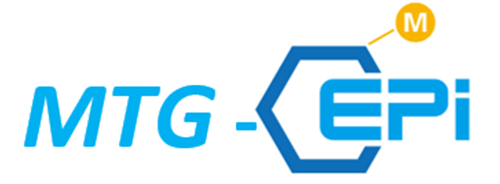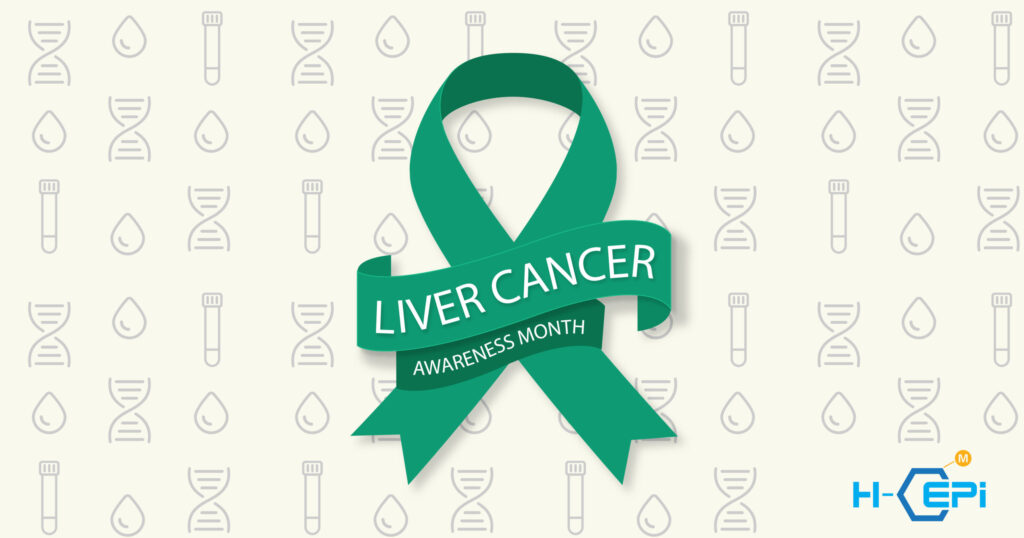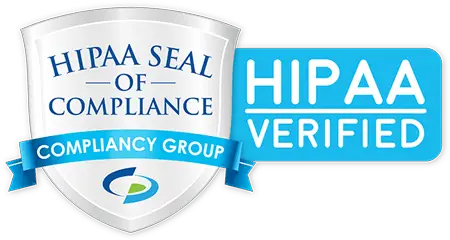Pioneering Early Detection of Liver Cancer: A Leap Towards Saving Lives
Introduction:
October holds a significant mantle as the Liver Cancer Awareness Month, a time dedicated to amplifying understanding and rallying collective action against this formidable health adversary. Liver cancer, specifically hepatocellular carcinoma (HCC), is a menacing global health concern, standing as the fifth most common cancer worldwide. The statistics concerning its prevalence and mortality are disheartening. In 2023 alone, an estimated 41,210 adults in the United States are projected to be diagnosed with primary liver cancer, marking a more than threefold increase since 1980. The incidence rates reveal a gender disparity, with men being almost 3 times more likely than women to be diagnosed with the disease. Globally, the scenario is even more alarming, with liver cancer claiming an estimated 830,180 lives in 2020, making it the third leading cause of cancer death worldwide. These harrowing numbers underscore the critical need for early detection and intervention to curb the devastating impacts of liver cancer.
The Traditional Diagnostic Landscape:
Historically, early detection of liver cancer has relied on imaging techniques and immunoassays using alpha-fetoprotein (AFP), which unfortunately, often fall short in identifying the disease at an early, more treatable stage. This diagnostic gap significantly affects survival rates; for instance, the 5-year relative survival rate for liver cancer in the United States is currently 21%, a figure that has only improved from 3% over the last 40 years. The survival rates are starkly influenced by the stage of detection: 36% for early-stage detection, plummeting to 13% if cancer has metastasized to nearby tissues or lymph nodes, and a mere 3% if it has spread to distant organs.
The Promise of Liquid Biopsy:
Liquid biopsy, examining DNA fragments and other materials in the blood, emerges as a beacon of hope amidst this gloomy backdrop. It promises a less invasive, more accurate and earlier detection of liver cancer, thus potentially improving these survival statistics significantly.
The HKG Epitherapeutics Breakthrough:
Our team at HKG Epitherapeutics has recently made a monumental stride towards realizing this promise. Our published paper in Nature Communication unveils a distinctive DNA methylation signature for HCC detection in liquid biopsies. By developing a classifier around four critical CpG sites, we’ve engineered a high-throughput assay that showcased a remarkable HCC detection sensitivity of 84.5% at 95% specificity in a comprehensive clinical study involving 554 participants.
Turning Theory into Practice:
The practical application of this high-throughput assay, dubbed epiLiver, bears the potential to significantly alter the liver cancer diagnostic landscape. By facilitating early detection, especially among high-risk populations, epiLiver could play a pivotal role in reducing HCC-associated morbidity and mortality. This is a monumental step towards not just combating liver cancer, but also in the broader battle against cancer mortality worldwide.
The Journey Ahead:
The unveiling of epiLiver marks a significant milestone in the relentless pursuit of early and accurate liver cancer detection. Yet, the journey doesn’t end here. With ongoing research and technological refinements, the horizon looks promising. Our gratitude extends to all collaborators, participants and the broader scientific community. Together, we inch closer to a future where liver cancer can be detected early, thus giving individuals a fighting chance against this formidable adversary.
Conclusion:
At HKG Epitherapeutics, the fight against liver cancer continues with renewed vigor. The development and success of epiLiver embody the epitome of our commitment towards leveraging cutting-edge biotechnology to save lives. As we forge ahead, our resolve is only strengthened, fueled by the hope and promise of a world with significantly reduced liver cancer mortality.
This October, as we recognize Liver Cancer Awareness Month, we aim to publish this blog to further shed light on the innovative strides being made in the early detection of liver cancer, fostering hope and collective resolve to substantially lower the toll of this disease.
(Statistics adapted from the American Cancer Society’s (ACS) publication, Cancer Facts & Figures 2023, the ACS website, and the International Agency for Cancer Research website. All sources accessed February 2023.)
References
- Cheishvili, D., Wong, C., Karim, M. M., Kibria, M. G., Jahan, N., Das, P. C., Yousuf, M. A. K., Islam, M. A., Das, D. C., Noor-E-Alam, S. M., Szyf, M., Alam, S., Khan, W. A., & Al Mahtab, M. (2023). A high-throughput test enables specific detection of hepatocellular carcinoma. Nature Communications, 14, 3306. https://doi.org/10.1038/s41467-023-39055-7
- Liver Cancer: Statistics | Cancer.Net
Recent Blog Posts
-
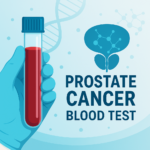 13 Jun 2025MTL Epitherapeutics and RI-MUHC Develop Early Prostate Cancer Blood Test
13 Jun 2025MTL Epitherapeutics and RI-MUHC Develop Early Prostate Cancer Blood Test -
 11 Jan 2025EpiAge Research Publication Signals a New Era in Understanding Biological Aging
11 Jan 2025EpiAge Research Publication Signals a New Era in Understanding Biological Aging -
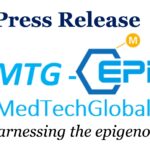 18 Nov 2024EpiMedtech Global Announces FDA Registration of EPIAGE, the First Epigenetic Age Test Registered by the FDA
18 Nov 2024EpiMedtech Global Announces FDA Registration of EPIAGE, the First Epigenetic Age Test Registered by the FDA -
 18 Nov 2024EpiMedTech Global Validates Unique epiCervix HPV Combo Test for Cervical Cancer Detection
18 Nov 2024EpiMedTech Global Validates Unique epiCervix HPV Combo Test for Cervical Cancer Detection -
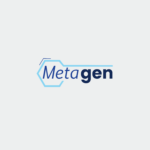 31 Oct 2024HKG epiTherapeutics’ MetaGen Genetic Risk Assessment Test Receives FDA Registration, Now Available in the U.S.
31 Oct 2024HKG epiTherapeutics’ MetaGen Genetic Risk Assessment Test Receives FDA Registration, Now Available in the U.S. -
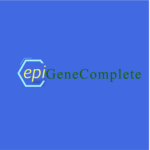 31 Oct 2024EpiMedTech Global Launches epiGeneComplete: A Breakthrough Genetic and Epigenetic Test for Comprehensive Health Diagnostics
31 Oct 2024EpiMedTech Global Launches epiGeneComplete: A Breakthrough Genetic and Epigenetic Test for Comprehensive Health Diagnostics -
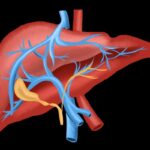 30 Oct 2024Enhanced Early Detection of Liver Cancer
30 Oct 2024Enhanced Early Detection of Liver Cancer -
 08 Oct 2024Are Microarrays Still Reliable? How Next-Generation Sequencing Outperforms Traditional Methods
08 Oct 2024Are Microarrays Still Reliable? How Next-Generation Sequencing Outperforms Traditional Methods
